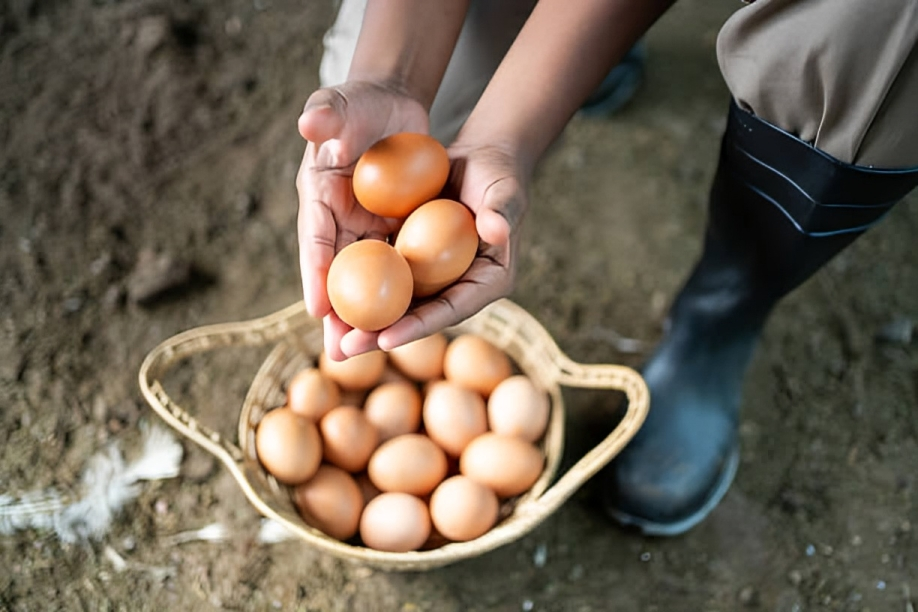USA: The rising number of avian flu outbreaks on farms across the United States has significantly impacted the egg industry, making eggs a more expensive commodity for consumers. As the virus spreads among poultry populations, farmers have been forced to cull millions of birds to prevent further transmission. These culls, while necessary to contain the outbreaks, have led to reduced egg production, creating supply shortages that drive up prices. The economic consequences are being felt nationwide, with grocery stores and restaurants struggling to manage costs while consumers face higher prices for a staple food item.
The avian flu, caused by highly pathogenic strains of the H5N1 virus, has led to devastating losses for poultry farmers. When an outbreak is detected, strict biosecurity measures are enforced, often requiring the immediate culling of infected and at-risk flocks. This results in significant financial losses for farmers who not only lose their birds but also face restrictions on repopulating their farms until the virus is fully eradicated. The disruption in supply chains has also affected feed suppliers, distributors, and retailers, further contributing to the inflationary pressures in the egg market.
As egg prices continue to climb, concerns about food affordability have become more pronounced. Low-income households, which rely on eggs as an inexpensive source of protein, are among the hardest hit by the price increases. In response, government agencies and industry leaders are exploring strategies to stabilize the market, including increased monitoring of poultry health, improved vaccination programs, and enhanced biosecurity measures on farms. Some policymakers have also proposed financial relief for affected farmers to help them recover from the losses and resume production more quickly.
The ongoing battle against avian flu highlights the vulnerabilities in the agricultural sector and the need for long-term solutions to protect food security. Experts warn that as climate change and global trade increase the risks of disease transmission, more robust surveillance and preventive measures are essential. While the immediate focus remains on controlling current outbreaks, the crisis has underscored the importance of sustainable farming practices and investment in research to develop more resilient poultry breeds. As the situation unfolds, consumers will likely continue to see fluctuations in egg prices, reflecting the broader challenges facing the food supply chain.



